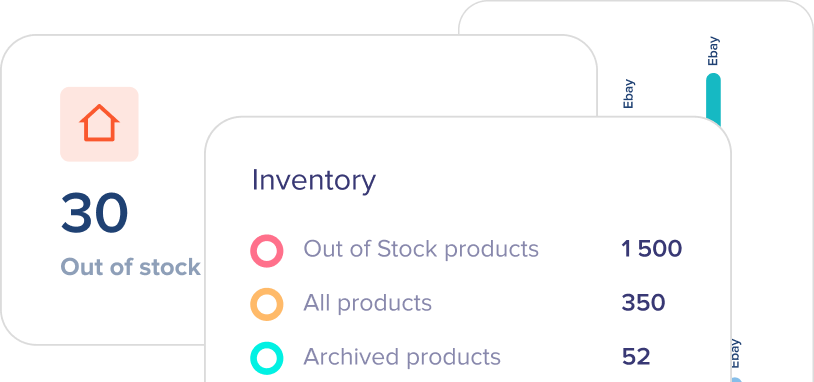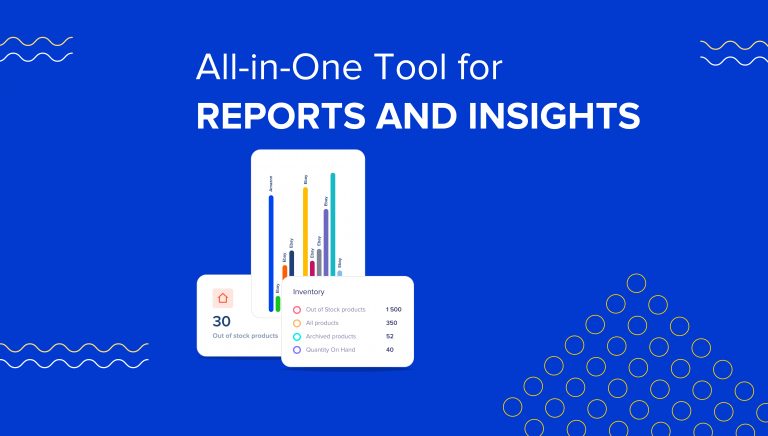Back in 1906, Italian economist Vilfredo Pareto found out that 20% of the Italian population owns 80% of the land. His findings became applicable for many fields and scenarios, starting from gardening to economics and finance.

The concept of the 80/20 inventory rule sounds very simple. The rule states that 80% of generated results come from 20% of investments, including efforts, customers, etc. So, 20% of inputs are responsible for 80% of outputs.
When you apply this rule to inventory practices, around 80% of its profits are earned from 20% of its products.
So, companies need to understand top-performing and slow-selling ones and distribute attention and resources accordingly to increase sales. You can take a step further and identify the products with higher margins within that 20%. Giving more favor to these highest-performing products, you can successfully optimize inventory in quantity and quality.
History of the 80/20 Inventory rule

The idea behind the 80/20 rule was first introduced by the Italian economist Vilfredo Pareto in 1906. He realized that 80% of the wealth in Italy belongs to 20% of people. However, it was not until the 1940s when the Romanian-American engineer and management consultant Joseph M. Juran brought the concept to the business context.
Dr. Juran pointed out that Pareto’s finding was a general principle applicable to a large variety of situations and problems related to quality. He named this universal rule the Pareto Principle in the early 1950s. He also brought such terms to the concept as “vital few,” “useful many,” and “trivial many,” which referred to the smaller number of contributions accountable for the most significant effects and the many others which had a minor impact.
The 80/20 rule is for many scenarios these days. For example, some businesses realize that 20% of customers are behind 80% of their profits. It is not surprising that companies categorize customers and provide premium service to the most important ones, right?
In short, there are endless cases where the rule was proven to be accurate and effective.
Even though the 80/20 rule is a relatively new concept, the value that it generates for retail, wholesale, or other product-driven business industries should not be undervalued. In some cases, the rule may bring a small change, while in others, it can be a game-changer strategy and drive a new wave of success.
Advantages of the 80/20 rule
Most businesses value and apply data-driven approaches for analysis, planning, and, generally, decision making. The 80/20 rule is an example of a methodology based on statistical analysis. So, its findings provide reliable, verifiable, and testable results for decision-making.
Let’s see what advantages the 80/20 rule provides to businesses.
The first benefit of the rule is effective time management. By identifying which tasks and investments are responsible for the largest outcomes, businesses can focus and dedicate their time to those and generate the most results.
Improved use of the company’s resources is another advantage. The fundamental rule is determined to utilize the company’s resources, including time and effort. By understanding which areas of your business generate the most of the results, you can direct your focus and efforts to it and benefit financially.
These are advantages applicable to the whole business, including inventory management practices. When you successfully determine which items of your inventory are responsible for the most considerable outcomes, you can distribute your resources effectively.
For example, if you can insert better control mechanisms over those products. You can increase security over it to ensure that the theft is eliminated. You can direct the focus of your marketing campaigns to the promotions of those goods. There are many examples of how you can use the 80/20 rule in your inventory practices to benefit your business.
Disadvantages of the 80/20 rule
Despite all positive findings and accurate data, the 80/20 rule also has some drawbacks.
The first disadvantage of the 80/20 rule is that it ignores the fact that there can be newly entering, but promising items with huge potential but are not yet categorized into the top 20% of performers. If companies still want to apply the rule in inventory management practice, they can use trend reports for further analysis. For these cases, businesses can continuously review the sales analysis and identify which products are getting more popular and have higher profit margins. Based on their findings, companies can plan their investments accordingly.
You can use inventory management software, such as eSwap, to quickly access timely trend reports and analytics.
The next important thing to consider is that the 80/20 rule is a principle, but it is not an immutable rule. It means that although the basic idea is correct, the percentages might be changeable for different cases. For example, there can be situations in practice where you identify that 20% of inputs generate 70% of outputs. So, you do not necessarily need to bring your data into a 20/80 distribution.
Also, note that it is just a coincidence that 80 and 20 make 100%. The total of inputs and outputs in this rule does not inevitably need to be 100%.
Implementation of the 80/20 rule
Although the rule does not guide how you should apply it, the process is not difficult if you have the right software and tools.
Use inventory management software: Statistics and analysis are the essences of the 80/20 rule. So, you need ongoing reports that would indicate the performance of your products. Consider investing in inventory management software to get easy access to stock data.
Identify top 20% products: Identify the 20% of products selling the fastest and the products responsible for most of your profits. Sometimes, those lists can overlap. If they are not overlapping, combine it yourself using software to form a list of items responsible for relatively high volumes and profits. Take the top 20% of your list for further rule application.
Optimize your inventory process: When you determine your 20% of top-performing items, you can review and adjust inventory management practices and controls to get the most market demand and reduce the risks.
Monitor the statistics: The rule does not assume that the business should state the system and forget. Different internal and external factors cause changes in inventory performance. So, companies should continuously monitor the trends, analyze and improve the practices accordingly.
To sum up
Although the principle behind the 80/20 rule is not an absolute law, businesses can apply its central idea to their practices, including inventory management, to better utilize company resources and generate the highest possible results.







